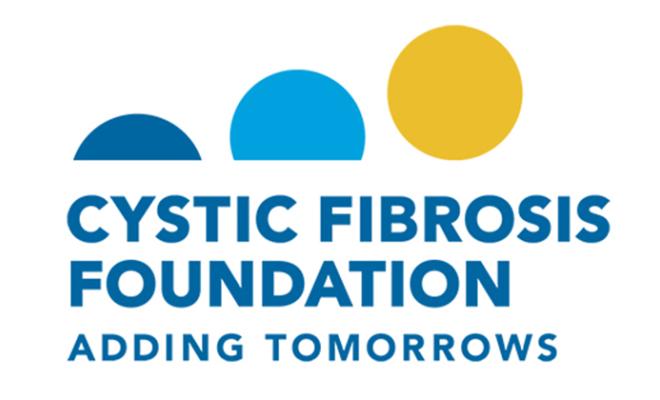At this year's North American Cystic Fibrosis Conference (NACFC), Preston W. Campbell, III, M.D., president and CEO of the Cystic Fibrosis Foundation, shared exciting news from the latest Patient Registry report. He announced that the median predicted age of survival for people with CF had increased to 47 years. This was good news for our community, but it also raised questions, such as “What does this number mean and what caused the jump?”
Like many statistics, median predicted age of survival, or life expectancy at birth, is used to track progress in the health of people with CF -- as a population -- who are followed by the Foundation's Patient Registry. This and much more information is shared with the CF community through the Patient Registry Annual Data Report.
CF clinicians and researchers also use the Registry data to design clinical trials, study CF treatments, and inform quality improvement initiatives in specialized CF care.
What Does This Number Mean?
Based on the 2016 Registry data, the life expectancy for a baby born with CF in 2016 is 47 years of age. This means that half of all babies born in 2016 are expected to live to be 47 years old or older.
As a statistical prediction, this figure does not account for potential benefits of CFTR modulators or ongoing improvements in care. Most important, this number does not predict how long any individual will live because it does not take into consideration individual characteristics, like mutations, disease severity, or response to treatments. If you have questions about your personal health, discuss them with your care team who can offer specific guidance and support.
What Caused the Jump?
CF is a rare disease and small changes in the population can noticeably impact survival calculations. Life expectancy at birth is a calculation that can fluctuate from year to year.
Although we don't know for sure why there was a relatively large increase in the predicted survival for those born in 2016, we did see some key changes that may explain this jump. The Registry data showed that there were fewer deaths reported in 2016 than in 2015. Also, there was a noticeable increase in the number of lung transplants and this may have contributed to the decrease in number of deaths.
Is This a Trend That Will Continue?
Changes observed over a single year (from 2015 to 2016) are not enough to know if this increase in predicted survival is the beginning of a trend for children born with CF in the future. However, when we analyze the data collected across a wider time span, like over 5 years, the overall trend shows steady gains in survival for people with CF. The most recent 5-year time span shows that the life expectancy for people born between 2012 to 2016 is 43 years of age. We expect this trend to continue, reflecting how advances in treatment and care continue to help all people with CF live longer, fuller lives.
Until All Can Say “I Used to Have CF.”
As a community of families, volunteers, researchers, care team clinicians, and people with CF, we should be proud of the progress that our collective efforts have brought to bear over so many years.
Yet, as we celebrate this moment, we also know that too many are still dying before they can finish school, begin careers or start families. Many living with the disease struggle with additional complications like CF-related diabetes, anxiety, and depression, and many still face frequent hospitalizations. The daily rigors of CF treatment, which can take 2 hours per day or more, weighs heavily on many people with CF and their families.
In this journey to end CF, the Registry data are encouraging, reliably showing us that we're moving in the right direction and with great momentum. Together, we must continue to push forward so that we can slow the progression of this disease while working toward the search for a cure.






